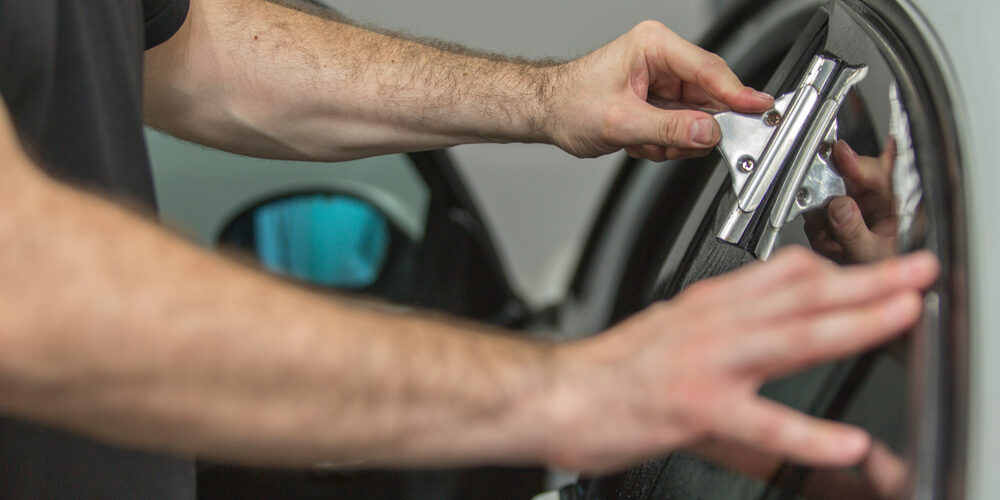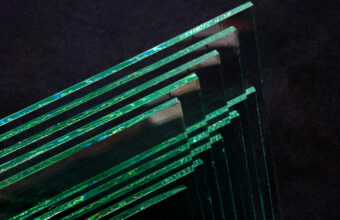Determining the “best” window tint technology depends on your specific needs, preferences, and budget. Different types of window tint technologies offer various benefits and features.
Here are some popular window tint technologies and their characteristics…
- Ceramic Window Tint – Ceramic window tint is known for its superior heat rejection properties and durability. It contains ceramic particles that reflect and absorb infrared radiation (heat) while allowing visible light to pass through, resulting in excellent heat reduction without sacrificing visibility. Ceramic tint is also less likely to interfere with electronic signals such as GPS, cell phone, or radio reception.
- Carbon Window Tint – Carbon window tint contains carbon particles that block infrared radiation and provide good heat rejection while maintaining a sleek appearance and high visibility. Carbon tint is known for its color stability and resistance to fading over time.
- Metalized Window Tint – Metalized window tint incorporates metallic particles into the film, which reflect heat away from the window. This type of tint provides high heat rejection and UV protection while also offering enhanced privacy and security due to its reflective properties. However, metalized tint may interfere with electronic signals and have a more noticeable metallic appearance.
- Hybrid Window Tint – Hybrid window tint combines elements of ceramic, carbon, and metalized technologies to achieve a balance of heat rejection, visibility, and durability. Hybrid tint films may offer advantages such as improved color stability, reduced signal interference, and enhanced optical clarity compared to single-layer technologies.
- Nano-Ceramic Window Tint – Nano-ceramic window tint utilizes nano-sized ceramic particles that provide superior heat rejection and clarity compared to traditional ceramic films. Nano-ceramic tint offers excellent heat reduction, UV protection, and glare reduction while maintaining optical clarity and signal transparency.
When selecting the best window tint technology for your needs, consider factors such as heat rejection performance, visibility, color stability, signal transparency, and budget. It’s also essential to choose a reputable brand and ensure proper installation by a professional tint installer for optimal results and longevity.






